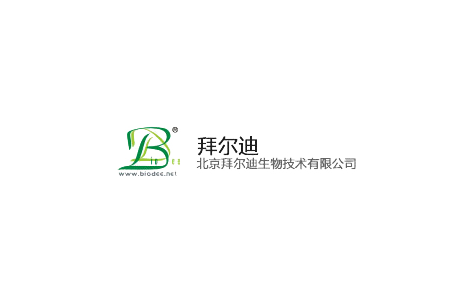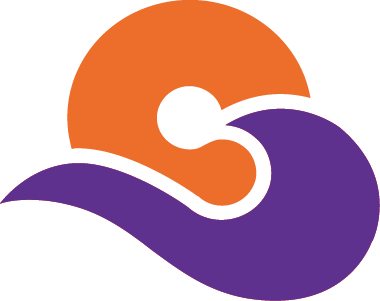

貨號
產品規格
售價
備注
BN40712R-100ul
100ul
¥2120.00
交叉反應(總):Mo Rat;推薦應用:WB,
BN40712R-200ul
200ul
¥3140.00
交叉反應(總):Mo Rat;推薦應用:WB,
產品描述
| 英文名稱 | TNFSF14 |
| 中文名稱 | 腫瘤壞死因子配體超家族成員14抗體 |
| 別 名 | CD 258; CD258; CD258 antigen; Delta transmembrane LIGHT; Herpes virus entry mediator ligand; Herpesvirus entry mediator A; Herpesvirus entry mediator ligand; herpesvirus entry mediator-ligand; HVEM L; HVEM-L; HVEML; Ligand for herpesvirus entry mediator; LIGHT; LTg; soluble form; TNF14; TNF14_HUMAN; TNFSF 14; TNFSF14 protein; TR 2; TR2; Tumor necrosis factor (ligand) superfamily, member 14; Tumor necrosis factor ligand superfamily member 14; Tumor necrosis factor ligand superfamily, member 14; Tumor necrosis factor receptor like 2; tumor necrosis factor receptor-like 2; Tumor necrosis factor superfamily member 14; Tumor necrosis factor superfamily member LIGHT. |
| 研究領域 | 細胞生物 t-淋巴細胞 細胞因子 |
| 抗體來源 | Rabbit |
| 克隆類型 | Polyclonal |
| 交叉反應 | Mouse, (predicted: Rat, ) |
| 產品應用 | WB=1:500-2000 ELISA=1:500-5000 not yet tested in other applications. optimal dilutions/concentrations should be determined by the end user. |
| 分 子 量 | 26kDa |
| 細胞定位 | 細胞漿 細胞膜 分泌型蛋白 |
| 性 狀 | Liquid |
| 濃 度 | 1mg/ml |
| 免 疫 原 | KLH conjugated synthetic peptide derived from mouse TNFSF14:59-130/239 <Extracellular> |
| 亞 型 | IgG |
| 純化方法 | affinity purified by Protein A |
| 儲 存 液 | 0.01M TBS(pH7.4) with 1% BSA, 0.03% Proclin300 and 50% Glycerol. |
| 保存條件 | Shipped at 4℃. Store at -20 °C for one year. Avoid repeated freeze/thaw cycles. |
| PubMed | PubMed |
| 產品介紹 | LIGHT protein is a type II transmembrane protein and a tumor necrosis factor (TNF) ligand superfamily member (TNFSF14). LIGHT is expressed on activated T cells and immature dendritic cells and its receptors have been identified as lymphotoxin-Beta receptor (LTBetaR) and the herpesvirus entry mediator (HVEM), both of which lack the cytoplasmic sequence termed as "death domain." LIGHT is first identified as HVEM ligand (HVEM-L) and a deterrent to herpesvirus infection according to its ability to compete with HSV glycoprotein D for HVEM binding. As a T cell-derived costimulatory ligand, TNFSF14 plays a crucial role in T cell activation and proliferation by LIGHT-LTBetaR interaction, and it is necessary and sufficient for LIGHT-mediated apoptosis of tumor cells. Additionally, recent studies also establish a direct role for LIGHT in NK activation/expansion via LIGHT-HVEM interaction, and thus breaking T-cell tolerance at the tumor site. Accordingly, LIGHT is suggested to be involved in CTL-mediated tumor rejection, allograft rejection and graft versus host disease. Although known as lymphotoxin-Gamma, LIGHT plays a minimal role in lymphoid tissue development in contrast with LT-Alpha and Beta. This protein was also demonstrated to inhibit TNF-Alpha-mediated but not Fas- or TRAIL-mediated apoptosis of human primary hepatocytes. Function: Cytokine that binds to TNFRSF3/LTBR. Binding to the decoy receptor TNFRSF6B modulates its effects. Activates NFKB, stimulates the proliferation of T-cells, and inhibits growth of the adenocarcinoma HT-29. Acts as a receptor for Herpes simplex virus. Subunit : Homotrimer. Subunit: Homotrimer. Subcellular Location: Tumor necrosis factor ligand superfamily member 14, membrane form: Cell membrane; Single-pass type II membrane protein. Tumor necrosis factor ligand superfamily member 14, soluble form: Secreted. Isoform 2: Cytoplasm. Tissue Specificity: Predominantly expressed in the spleen but also found in the brain. Weakly expressed in peripheral lymphoid tissues and in heart, placenta, liver, lung, appendix, and kidney, and no expression seen in fetal tissues, endocrine glands, or nonhematopoietic tumor lines. Post-translational modifications: N-glycosylated. The soluble form of isoform 1 derives from the membrane form by proteolytic processing. Similarity: Belongs to the tumor necrosis factor family. SWISS: Q9QYH9 Gene ID: 50930 Database links: Entrez Gene: 8740 Human Omim: 604520 Human SwissProt: O43557 Human Unigene: 129708 Human Important Note: This product as supplied is intended for research use only, not for use in human, therapeutic or diagnostic application |